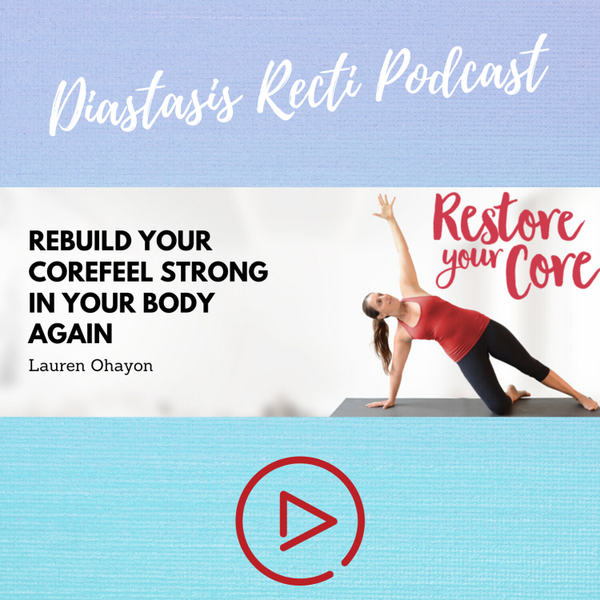
How to Strengthen Pelvic Floor
- S1E37
- 02:46
- February 19th 2021
Your pelvis is vital to supporting your spine and your entire body. At times, the pelvic floor may become overactive or hypertonic. When this happens, the muscles may be overly tight or tense when they should be relaxed. learning to relax and release the correct muscles in your pelvic floor (contracting the muscles as shortly as you would by bulging your bicep – or a long contraction as you would stretching out the bicep). If you have an overactive pelvic floor, you may experience symptoms such as: back pain, painful intercourse, a feeling of heaviness in your pelvic floor muscles, or incontinence.
What Causes a Weak Pelvic Floor?
The most common causes of a weakened pelvic floor usually include:
- Pregnancy
- Childbirth
- Prostate cancer (in males)
- Constipation (strain and forceful pushing during bowel movements)
If your pelvic floor muscles are weakened, your body may begin experiencing a lack of support and alignment. Exercises can help strengthen your pelvic floor muscles and restore the proper support and alignment your body requires to function properly. They may also help alleviate pain and other symptoms you may be facing.
How to Strengthen Your Pelvic Floor Muscles
Find Your Pelvic Floor Muscles
Education is one of the primary benefits that we at RYC offer in our programs. Understanding where your pelvic floor muscles are located and how they affect your body can help benefit your recovery. In my program, I help men and women learn more about how their bodies work and how to properly engage and exercise their pelvic floor muscles.
Pelvic Floor Exercises
Exercise can be a great way to heal your pelvic floor. Unfortunately, in many work out programs for postpartum people and others seeking pelvic floor recovery, kegel exercises are the most commonly recommended exercise to use. However, kegel exercises can actually increase stiffness and make it harder to feel your pelvic floor muscles. Avoiding unnecessary contraction during pelvic floor exercises can be beneficial to recovering the strength and mobility of your pelvic floor muscles.
If we want things to shift in our pelvic floor, we need to also shift the habit mode of our muscles. In the case of our pelvic floors, there tends to be much confusion. Is my pelvic floor too tight? Not tight enough? How can I tell the resting tension? How can I fix it? Before we set out to resolve/fix our pelvic floor dysfunction we need to first “know” our pelvic floor. Know what engaging it feels like, what releasing it feels like, and how to control both contracting and releasing it. Only then we can discern what our tendencies are and create new movement patterns and choices.
Pelvic Floor Exercises: Stretching
Below are a few pelvic floor exercises I cover in my program at RYC. These exercises may help you begin to feel the way your muscles work and go way beyond kegel exercises.
Supine Pelvic Floor Stretch:
Lying on your back, keep your knees bent and bring them toward your chest. Slowly extend your knees to the side to stretch the inner groin. Relax your pelvic floor and butt. Hold this position for 5 to 10 breaths and relax.
Supported Slight Backbend Pelvic Stretch:
This is a fantastic pelvic stretcher. Using a pillow or bolster of some kind, gently lower your back to rest on top of the pillow. Once in position, slowly bring your feet together so the soles of your feet are touching. Keep your knees bent, but gently allow them to open sideways. If you feel any discomfort at all in your back or inner thighs, you can use pillows for further support or get rid of the bolster. Hold for 30 seconds or more (roughly 15 to 20 breaths) and relax.
Restore Your Core: Diastasis Recti and Pelvic Floor Talks
The Restore Your Core podcast is all about health and fitness for those struggling with Diastasis Recti or Pelvic Floor issues.
Lauren Ohayon makes videos, runs a thriving facebook group, and creates blogs that help people to feel better and reclaim their healthy bodies.
https://restoreyourcore.com/learn/diastasis-recti/
If you're too busy to read the blog then feel free to listen to the podcast! We hope to be a part of your core restoration journey.